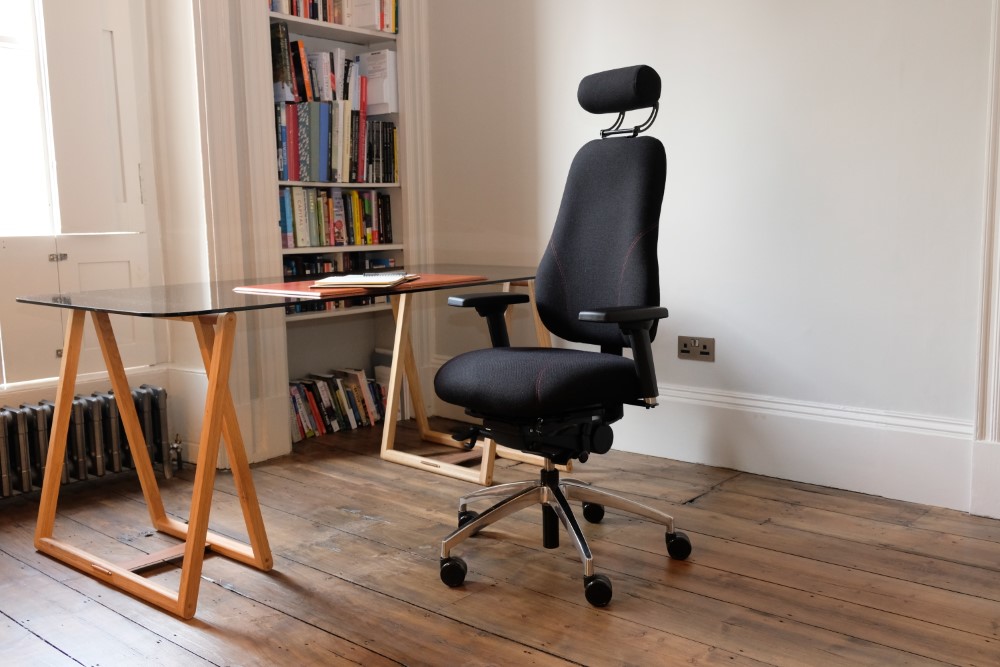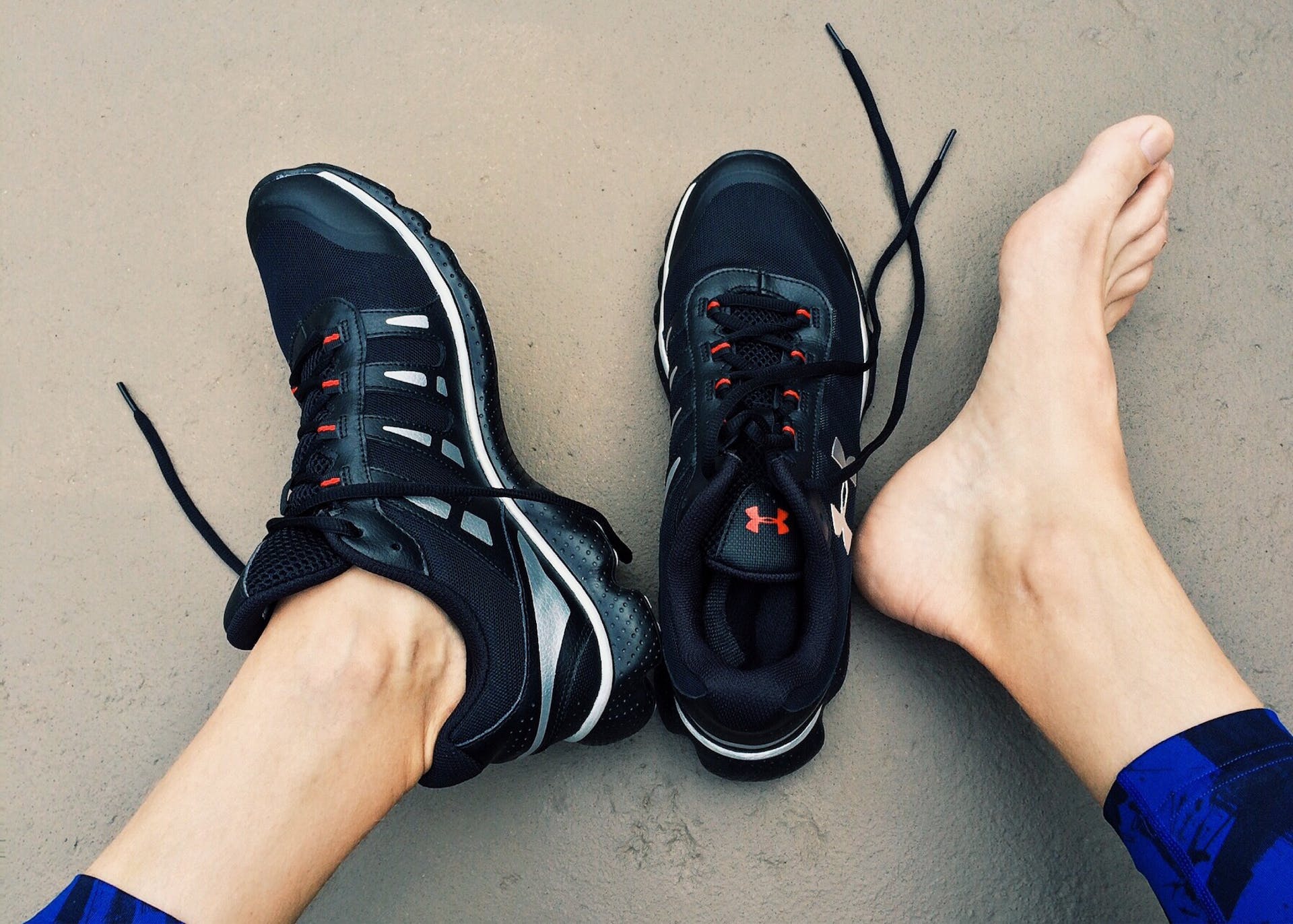What do the statistics say?
Studies have shown that at least 32% of all women and 50% of women over 55 years old have a pelvic floor disorder:
- 5% with bowel disfunction and 11.1% with urinary incontinence.
- 1 in 3 women experience leakage of urine after child birth.
- Although post-partum urinary incontinence usually resolves within a year, 10-20% of women still have issues of varying degrees five years after giving birth.
The same study that showed 32% of women will have at least one pelvic floor disorder in their lifetime, revealed that 16% of men also have a pelvic floor disorder. Despite these conditions being more heavily weighted towards women, and will be the focus of this blog, we will discuss in a later section (and in a future post) how the research and advice applies to men.
What is a pelvic floor disorder?
The International Classification of Diseases states that pelvic floor disorders (PFDs) can include:
- Urinary incontinence (UI)- This is the unintentional passing of urine.
- Pelvic organ prolapse- This is where one or more of the organs found in the pelvis drop and bulge into the vagina from their usual position.
- Bowel dysfunction (anal incontinence and difficult defecation)- Anal incontinence is not being able to control bowel movements ranging from leakage or complete loss of control. Difficult defecation is difficulty passing faeces for mechanical and psychological reasons.
What is the pelvic floor and what does it do?
The pelvic floor is layers of muscles and ligaments that go between the pubic bone and the tail bone as well as side to side, to form a support for the bladder, womb and bowel. Its other function is to close the bladder outlet and back passage.
In order to stop the leakage of urine from the bladder and wind or faeces from the bowel, these layers of muscles need to be kept firm and taught.
When you pass urine or have a bowel motion the pelvic floor muscles relax to allow these waste products to leave the body. Afterwards, the muscles tighten again to regain control. These muscles squeeze when you laugh, cough, sneeze or lift something to help prevent leakage. If you have a PFD, this is where you may notice a lack of control.
Who is most at risk of a pelvic floor disorder?
There are a number of risk factors that may increase your risk of having a PFD:
- Putting pressure on the pelvic floor.
- Being overweight or obese.
- Chronic constipation or straining to have a bowel movement.
- Chronic coughing from smoking or other health problems.
- Getting older and/or being a woman- These muscles can weaken as we age and during the menopause.
- Although it increases with age, it doesn’t however mean that PFDs are a normal part of aging that you have to put up with.
- PFDs can have a large impact on your quality of life. Do not feel that because you are a menopausal or post-menopausal woman, that a PFD is inevitable and that there is no treatment.
- Having weaker tissues- Genetic connective tissue disorders may increase chance of prolapse.
- Surgery- Previous hysterectomy (removal of the uterus) and prior surgery to correct prolapse increases risk.
- Race-Some research has shown that Latina and White women, appear to be at higher risks for some PFDs such as prolapse.
- Childbirth- A vaginal (compared to a surgical) delivery was linked to an increased risk for PFDs. Some studies have shown that this risk increases with the number of children delivered. The risk may be even greater if forceps or a vacuum is used to assist delivery. However, having a caesarean-section does not eliminate the risk of having a PFD, as it is still prominent in women.
Why should you exercise the pelvic floor muscles?
Exercising the pelvic floor muscles can strengthen them, just like any other muscle, to help give them the ability to support the pelvic organs as well as improve your bladder and bowel control therefore, reducing leakage.
How do you find and engage your pelvic floor muscles?
- Sit comfortably with your knees slightly apart.
- Now imagine that you are trying to stop yourself passing wind by squeezing and lifting the muscles around the back passage. You should be able to feel the muscle move whilst doing this. You should not be clenching your bottom muscles so your legs and buttocks should remain still. You should also be able to feel the skin around the back passage tightening and being pulled up and away from your chair.
- The next aspect of the pelvic floor includes, imagining you are sitting on the toilet passing urine. Picture yourself trying to stop the stream of urine mid-flow (don’t do this when actually urinating).
- Now you have mastered the two aspects, try to tighten the muscles around your back passage, vagina and front passage all at the time and feel that lifting sensation inside as if trying to stop passing wind and urine at the same time.
Top tip: Try not to hold your breath!
How to strengthen the pelvic floor:
Stand, sit or lie with your knees slightly apart.
Slow contractions:
- Slowly tighten and pull up the pelvic floor muscles as hard as you can as described above. Try lifting and squeezing them for 10 seconds if you can, breathing normally.
- Slowly relax the muscles and rest for 10 seconds. It may be that you squeeze for 5 seconds and rest for 5 seconds to begin with if 10 seconds is too difficult.
- Build up your strength until you can do 10 slow contractions at a time, holding them for 10 seconds each with rests in between.
Fast contractions (for reaction to sudden, forceful stress like laughing or sneezing):
- Complete the same action as outlined above but this time try to tighten the muscles quickly by lifting and holding for only one seconds before releasing.
- Try and do up to 10 of these quicker one second hold and lifts if you can.
The pelvic floor muscles have to try harder when you are upright. You can do your exercises lying, sitting and standing. Make sure to do the sitting and standing (standing and walking being the hardest) ones too as you want to be able to have good strength and control day-to-day when standing and walking.
How often should you do pelvic floor exercises?
Some sources say to do pelvic floor exercises three times a day! However, there is no fixed advice that is applicable to every single individual. Speak to a medical professional to see what they suggest on a personal level depending on the cause and severity of your PFD. You may want to try doing a set of slow and fast exercises three times a day, then you can regress or advance the exercise depending on how you feel.
Be careful not to overdo it. Pelvic floor muscles are the same as any other muscle. They can fatigue with too much exercise which can make you leak more urine as your muscles get tired, particularly at the end of the day. This should get better with time as the muscles get stronger.
How do men’s pelvic floor muscles differ?
The structure in men is very similar, acting as a sling for the bladder and bowel as well as helping control urine and bowel movements. It also has a role in erectile function. Prostate cancer treatment increases risk of PFDs in men, as does obesity and chronic straining/constipation.
Finding the pelvic floor muscles in men is very similar, tighten the back passage like you are trying to control wind at the same time as tightening the muscles that would stop urine flow. A good visual cue is if you did this standing in front of a mirror, you should be able to see and feel your scrotum move up a little.
In the exact same way slow and fast contractions are suggested to women, men are encouraged to do the same. Despite there being an overlap in the exercises for both men and women, there are differences in structure, cause, presentation and some additional features of pelvic floor exercises. We will talk about this more in a future post because this topic definitely requires a whole post for itself.
Conclusion
Pelvic floor disorders affect so many people and can even present with back pain, something that is seen by our chiropractic team. Call us on 01452 883232 or email enquiries@spinavita.co.uk to speak to one of our chiropractic team if you would like to discuss how we might be able to help you.
By Jennifer Barr










